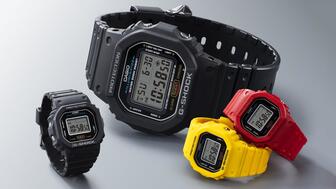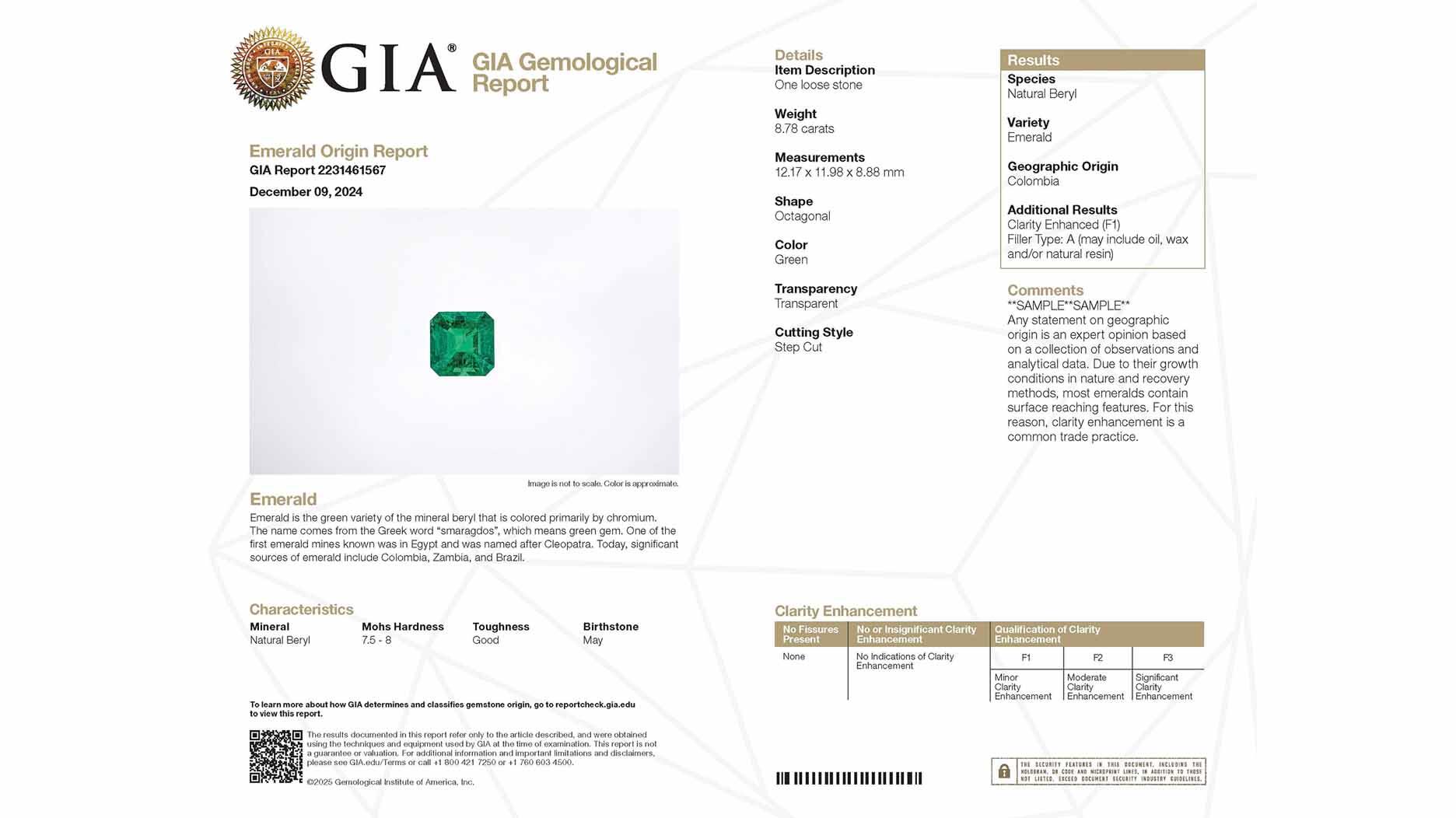In its annual report, Pinterest noted an increase in searches for brooches, heirloom jewelry, and ‘80s luxury.
De Beers Cuts Price on Melee Screening Device
In addition to being cheaper, the diamond screening machine is also faster and better, De Beers said.

Hong Kong--De Beers has dropped the price of the device designed to automatically batch screen diamond melee by nearly half.
The second-generation Automated Melee Screener, or AMS, is priced at $45,000, compared with $85,000 ($55,000 plus a three-year, $10,000-a-year support and maintenance charge) for the first-generation version introduced to the market in 2014.
De Beers said the AMS2 also is about 10 times faster than its predecessor and has a substantially lower referral rate, meaning that fewer diamonds need further testing. A company spokeswoman said the referral rate on the AMS2 is less than 0.5 percent, compared with 2 percent on the first version.
Here’s how the AMS and AMS2 devices work.
A user can place up to 500 carats of melee in the machine at once. After the diamonds are inserted, the machine automatically feeds the stones, table down, into a testing station.
Once the stones are tested, they are dispensed into one of five bins:
-- Pass: The stone is not lab-grown or a simulant (meaning CZ, etc.);
-- Refer: More testing is needed;
-- Refer Type II: The stone has a low concentration of nitrogen and further testing is required as it might be lab-grown;
-- Non-diamond: The stone is a simulant or lab-grown; and
-- Purge: This bin is for when the user needs to empty out the machine because, for example, they put in the wrong packet of diamonds.
The AMS device can test colorless or near-colorless diamonds as small as one point and as large as 0.20 carats and was developed to separate man-made melee from natural stones in response to growing industry concerns about undisclosed lab-grown melee in the supply pipeline.
RELATED CONTENT: 5 Takeaways on the Lab-Grown Diamond Market
De Beers’ International Institute of Diamond Grading & Research developed the second-generation AMS device. The IIDGR is a De Beers-owned facility that develops diamond testing equipment and grades stones, and has developed the other products De Beers uses to screen for synthetics, the DiamondView, DiamondSure and PhosView.
When it initially opened, the lab graded only Forevermark stones but it began accepting all diamonds in February 2016. Those who want to send diamonds to the lab can visit the contact details area of IIDGR.com to inquire about the service they want.
The IIDGR has facilities in Maidenhead, United Kingdom; Surat and Antwerp.
De Beers unveiled the AMS2 at the International Diamond, Gem & Pearl Show this week in Hong Kong.
It will
Companies that had the original AMS machine include Kiran Gems, Tasaki, Rosy Blue and Stuller.
The Latest

The 111-year-old retailer celebrated the opening of its new location in Salem, New Hampshire, which is its third store in the state.

The new catalog features its most popular chains as well as new styles.

How Jewelers of America’s 20 Under 40 are leading to ensure a brighter future for the jewelry industry.

The filmmaker’s personal F.P. Journe “FFC” prototype was the star of Phillips’ recent record-setting watch auction in New York.


The new location in the Design District pays homage to Miami’s Art Deco heritage and its connection to the ocean.

Inflations, tariffs, and politics—including the government shutdown—were among consumers’ top concerns last month.

Roseco’s 704-page catalog showcases new lab-grown diamonds, findings, tools & more—available in print or interactive digital editions.

“Longtime favorite” presenters, as well as first-time speakers, will lead talks and workshops at the annual event in Tucson next year.

Silas Smith of Meridian Metalworks won the challenge with his pendant that blends Australian and American landscapes.

The sale of the 31.68-carat, sunset-hued stone was part of Sotheby’s first series of events and auctions in Abu Dhabi.

Most customers who walk into your store this month have made up their minds. Your job is to validate their choice, Emmanuel Raheb writes.

The collection features characters and motifs from Ukrainian folklore, including an enchanted mirror and a magic egg.

MatrixGold 3.11, the newest version of the jewelry design program, offers more flexibility, precision, and creative control.

The pavilion will be part of the 2026 JA New York Spring show, scheduled for March 15 to 17.

Kadet, a 1994 National Jeweler Retailer Hall of Fame inductee, helped grow the family-owned retailer in the Chicago area and beyond.

Billed as the world’s smallest wearable, Lumia Health’s new smart earrings have a health tracker subtly embedded in the back.

Don’t let those with December birthdays feel blue. Help them celebrate their month with blue zircon, turquoise, and tanzanite.

The new pink sapphire version of the piece dances with its wearer in the brand’s “Icons After Dark” holiday campaign.

A choice that’s generated a lot of commentary, Pantone says “Cloud Dancer” marks a fresh start and encourages relaxation and creativity.

The manufacturer’s holiday campaign features a gift guide filled with trending designs and jewelry that can be personalized.

The man was charged with theft, accused of ingesting the necklace while in a jewelry store in Auckland, New Zealand.

The Florida independent expanded its store from 8,000 to 14,000 square feet, fulfilling the vision of its late co-founder, Jim Dunn.

Sponsored by De Beers Group

The classic 5600 series G-Shock has been scaled down to about a tenth of its size, becoming a fully functioning watch ring.

The association’s annual conference and gala will take place Feb. 4, 2026, during the Tucson gem shows.

The January show will include a workshop for jewelry retailers on implementing AI to strengthen their businesses.




























